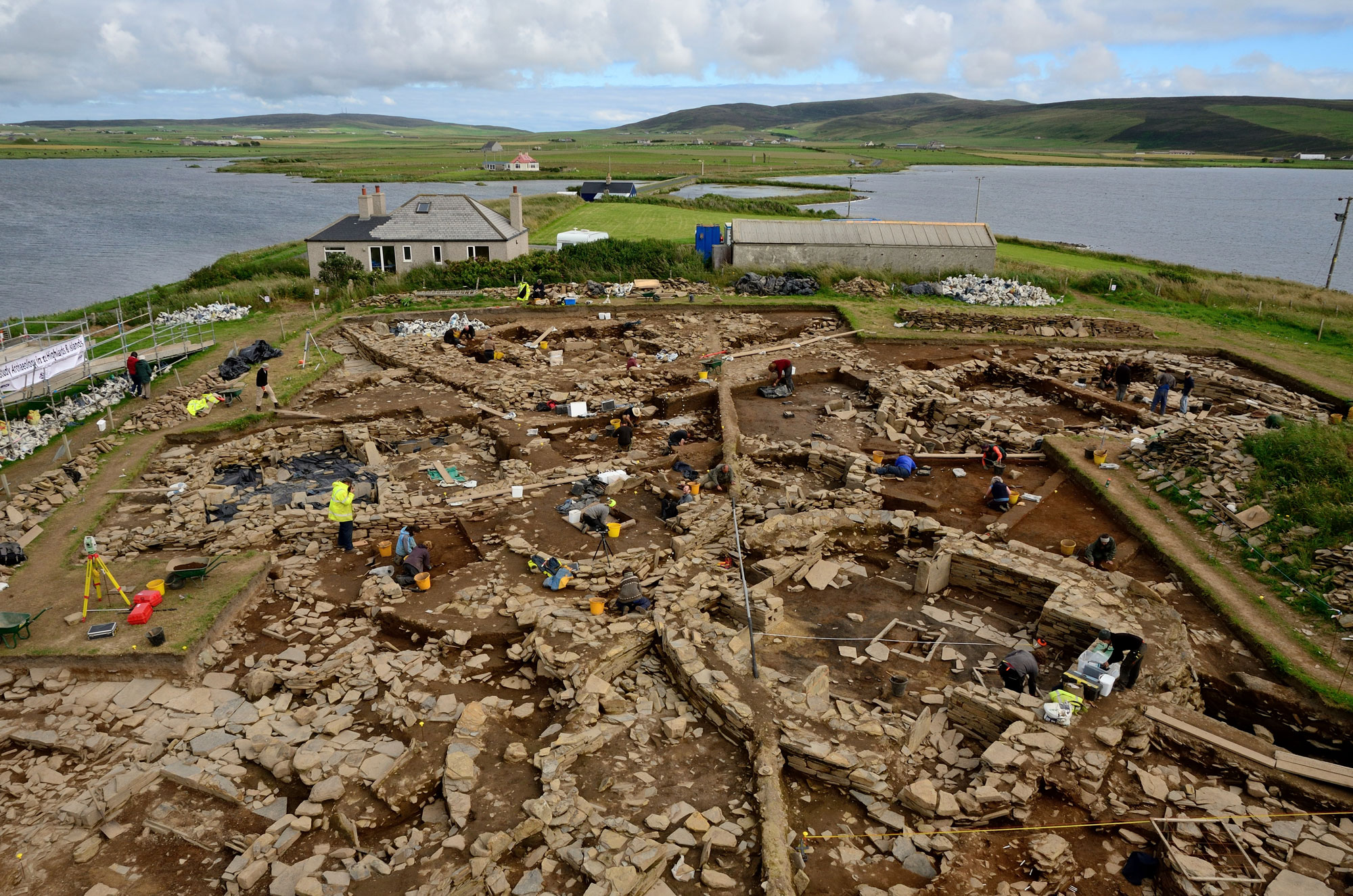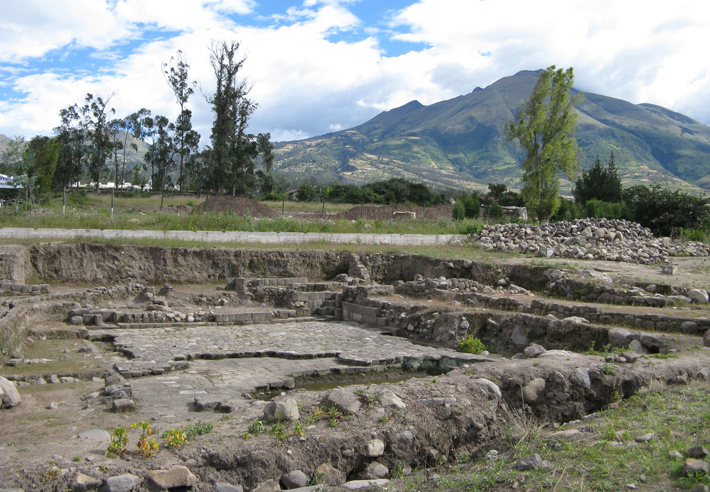
XI’AN, CHINA—A new study by a team led by Zhoa Lin Gu recommends measures to protect exhibits of archaeological artifacts in large, open spaces, such as the Museum of Qin Terracotta Warriors and Horses. For example, weather and pollution could be blown away from the pits holding the museum’s terracotta figures with the use of an air curtain, and cool air pumped into the bottom of the pits could help mimic the stagnant air that preserved the artifacts for more than 2,000 years. Environmental factors have contributed to the deterioration of many of the more than 1,500 artifacts recovered from the tomb of China’s first emperor, Qin Shi Huang, so far.









